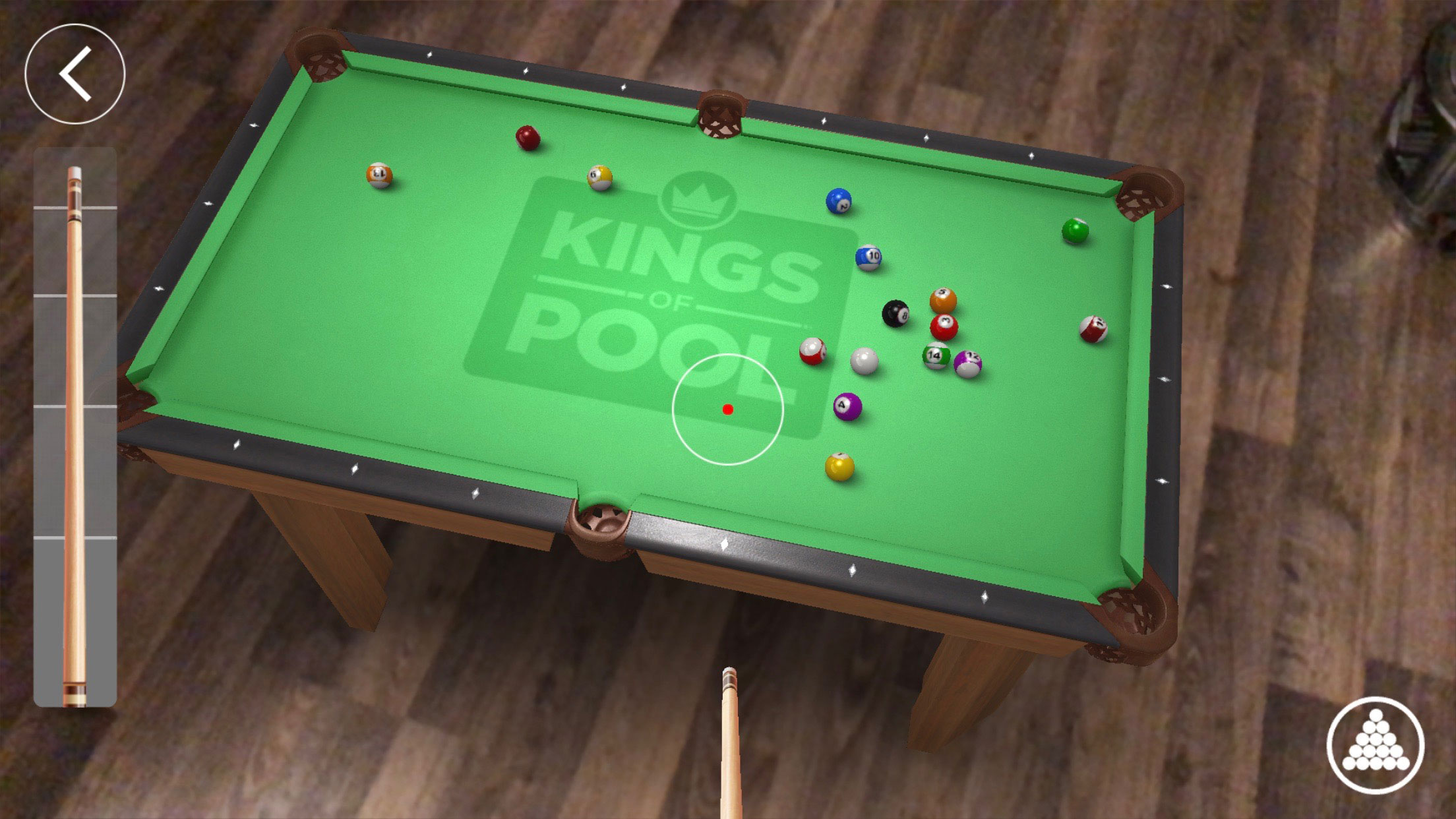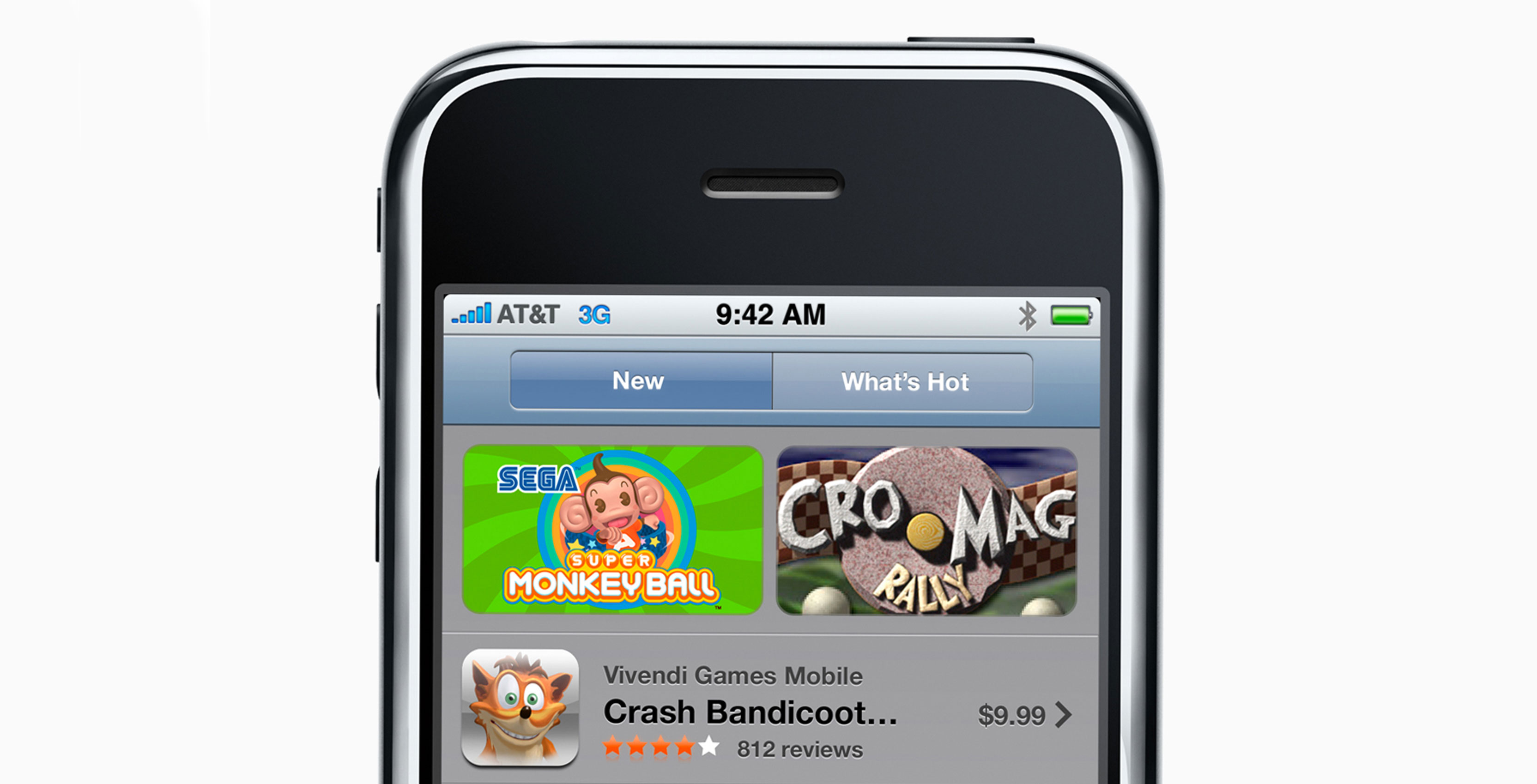
July 10th marks the 10th anniversary of Apple’s iOS App Store.
Regardless of how you feel about Apple and the iPhone, the tech giant’s app marketplace has undeniably revolutionized the way we purchase software, creating a burgeoning app ecosystem that continues to thrive to this day. Apple wasn’t the first company to launch an app marketplace, but it certainly created the concept as we know it today.
Along with Google, Apple also contributed to almost completely removing the word ‘programs’ from popular vernacular and replacing it with the term ‘apps.’
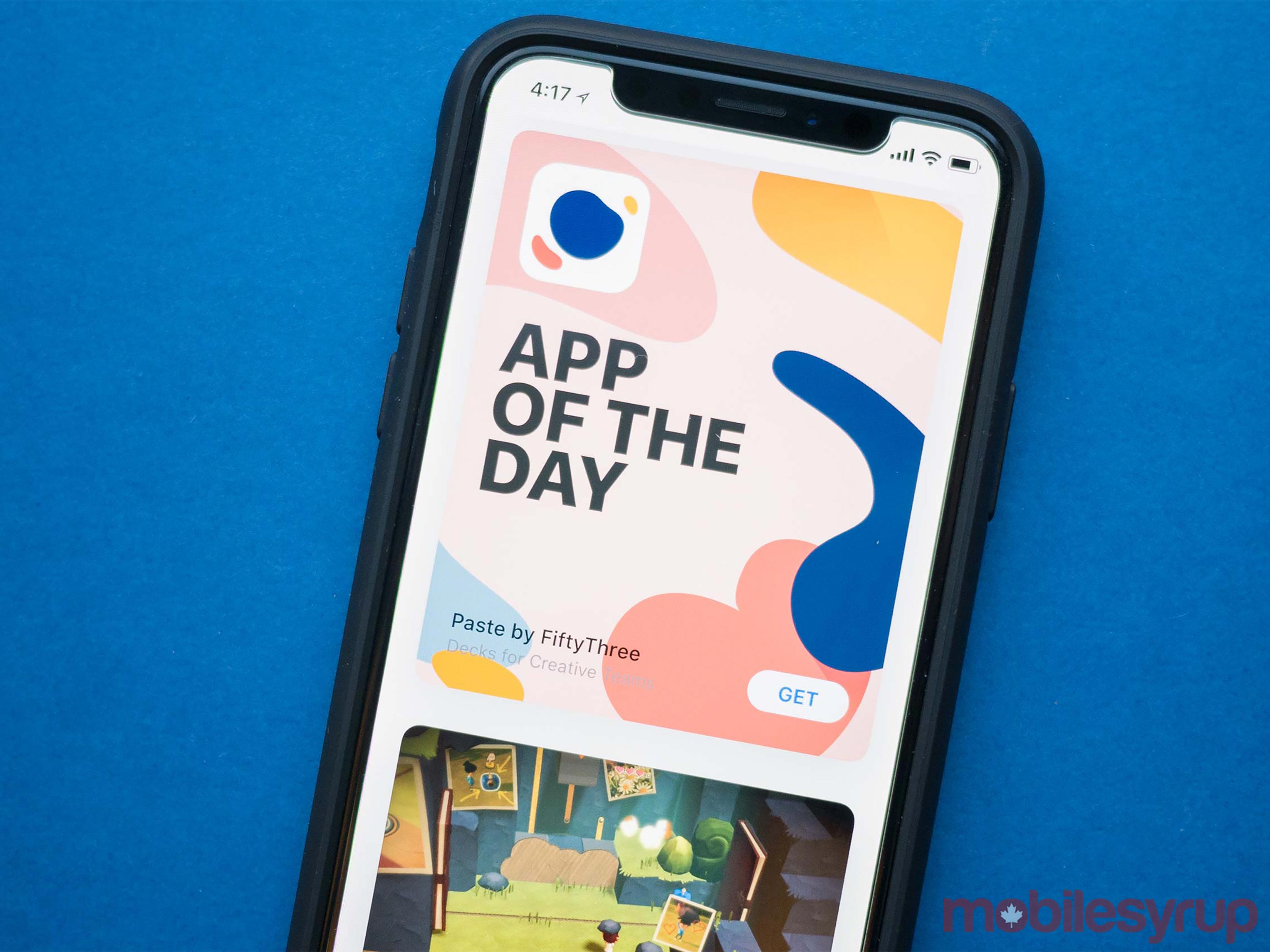
On stage during its March 2008 reveal of the App Store and the iPhone’s accompanying development SDK, the company showed off demos of apps like EA’s Spore Origins, Sega’s Super Monkey Ball, AIM and more.
In just a few days, the iPhone’s first development SDK was downloaded more than 100,000 times, with games like the rather ridiculous iBeer — a virtual beer drinking app — along with Koi Pond — an app where Koi fish literally just swim around a virtual pond — shooting to the top of the App Store’s download charts.
Further, while the App Store launched in July of 2008 with 500 third-party apps, there are now 10 million apps in the iOS marketplace.
That said, the state of Apple’s digital retail platform in 2008 is a far cry from where the App Store is today in 2018. Over the last few years, billion dollar companies that either wouldn’t exist otherwise, or, at the very least, their growth would have been significantly slower, such as Uber, Airbnb and Lyft, have been forged on the App Store.
The modern iOS App Store also features editorial curation, a recent effort by Apple with the launch of iOS 11 to help increase the visibility of deserving apps and games in an increasingly crowded marketplace.
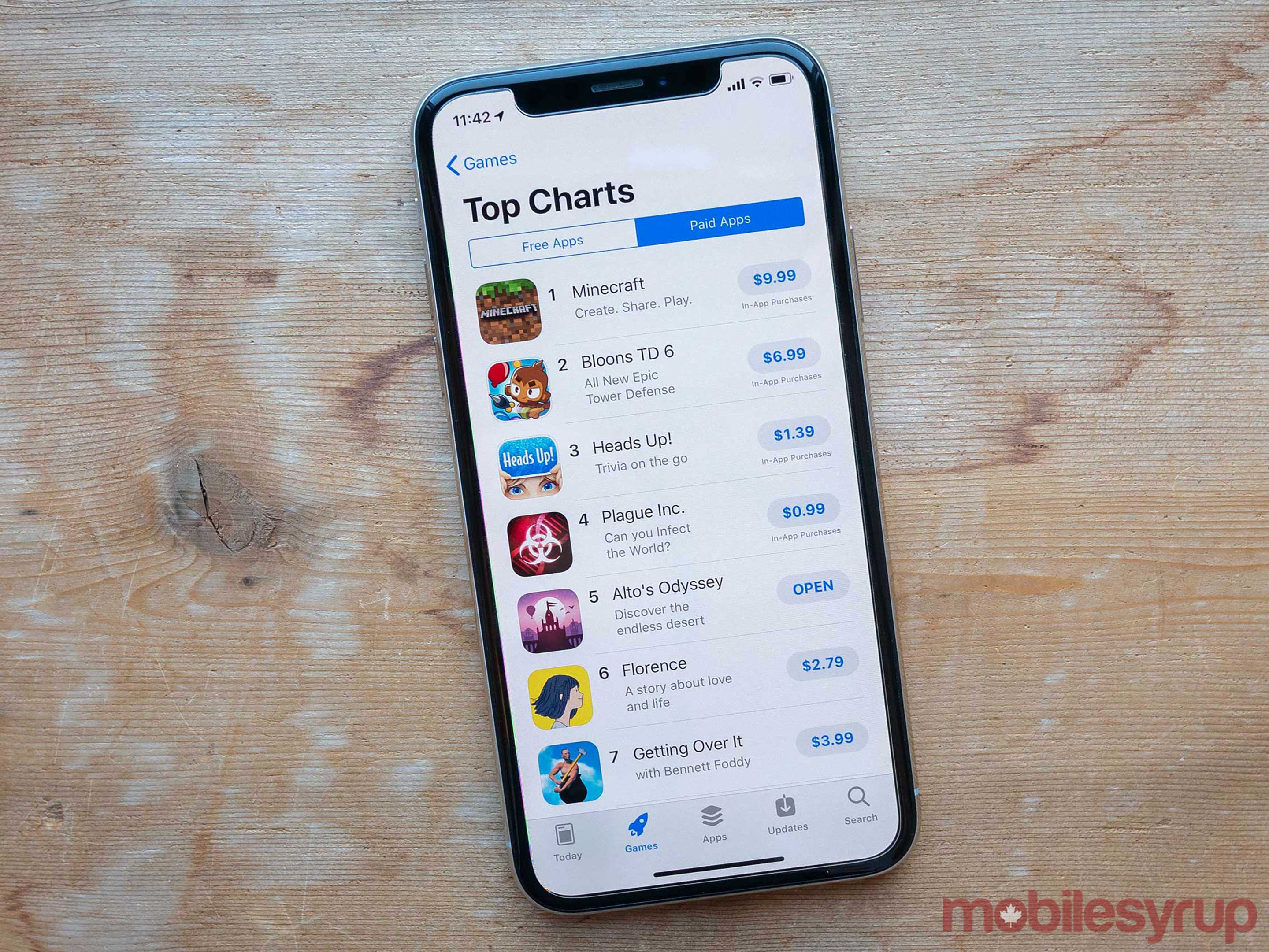
Further, while most App Store apps featured outright purchase prices back in 2008, many developers have now opted for a free-to-play, supported by in-app micro-transactions strategy over the last few years. It seems that while low-cost apps are great for users, this minimal price tag also changed consumer behaviour and expectations in terms of willingness to shell out money for an app that isn’t free — or at the very least, costs more than $0.99.
In an effort to dive into the App Store’s influential history, as well as to gain an understanding of where developers see the platform heading in the future, I spoke to three app developers: Michael Elman, the CEO of Montreal-based Budge Studios; Ryan Cash, the co-founder and CEO of Toronto’s Snowman games; and Uken Games’ co-founder and CEO Chris Ye.
Question: How has the App Store changed over the past decade?
Michael Elman (Budge Studios): Considering our demographic, the biggest evolution for us was Apple’s introduction of a ‘Kids’ category. This change brought about important guidelines that help parents recognize age appropriate apps, which was very welcome for us at Budge.
Chris Ye (Uken Games): The App Store has continued to evolve with the consumer in mind. The introduction of the new App Store last year brought forward some really bold innovations and I’m glad to see Apple listening to developer feedback.
“The types of apps and games we’re seeing have really changed as well.”
Ryan Cash (Snowman): The store itself has gone through various changes, with the biggest one coming in iOS 11 last year. I feel like the latest design of the App Store is the best, especially for indie developers, as the ‘Today’ tab really helps to tell the stories behind the apps and games in the store, rather than just what they are.
Aside from just the design of the store itself, I think the types of apps and games we’re seeing have really changed as well. The first year felt like it was all about simple utility apps, and a few games. Of course games have a dominant presence in the App Store today, but I think the app side of things is where I’ve seen the biggest changes.
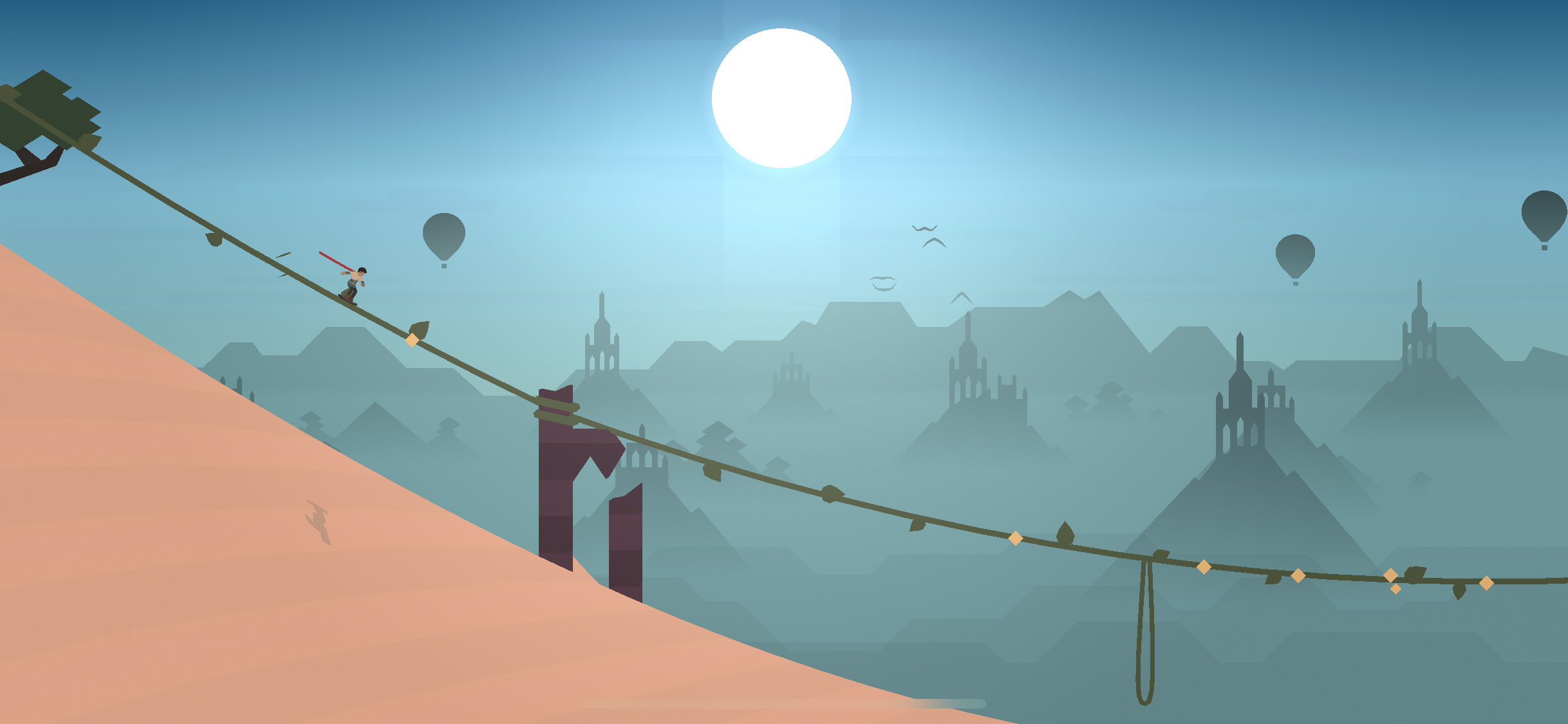
We’ve seen billion dollar companies emerge like Uber and Lyft — companies that simply couldn’t have existed before the App Store. That’s one area where I think the world has changed the most drastically in the last 10 years.
Q: What’s the most useful recent change Apple has made to the App Store?
Elman: We love the ability to have multiple preview videos on our app pages. Screenshots are nice, but video lets us show off the more exciting features of our apps.
Ye: Splitting out games from apps and giving them both dedicated sections on the App Store was a great move for consumers to navigate the sea of content. I’ve also really appreciated the leadership role Apple has taken in augmented reality (AR). For many people, their very first experience with AR will be on an iOS device; last year, the App Store took the lead creating awareness among consumers that this even exists on a massive scale.
“Splitting out games from apps and giving them both dedicated sections on the App Store was a great move for consumers to navigate the sea of content.”
Cash: I think the most recent thing would have to be the ‘Today’ tab, and the new dedicated space for games in the App Store. As a small indie game developer we love how Apple’s helping to tell our stories, but as a consumer I just genuinely like reading the behind-the-scenes stories about the apps I use and the games I play.
Q: How do you feel about the editorial curation Apple added to the App Store with iOS 11? Has it solved the store’s discoverability issue?
Elman: We love the editorial content, and the more apps that the Store can shine a spotlight on the better. When ARKit 1.0 launched last fall, we were featured in a Today story and saw a huge boost in downloads for Thomas & Friends Minis, as both kids and their parents were curious how they could harness the power of AR in their own living rooms using iPad or iPhone.
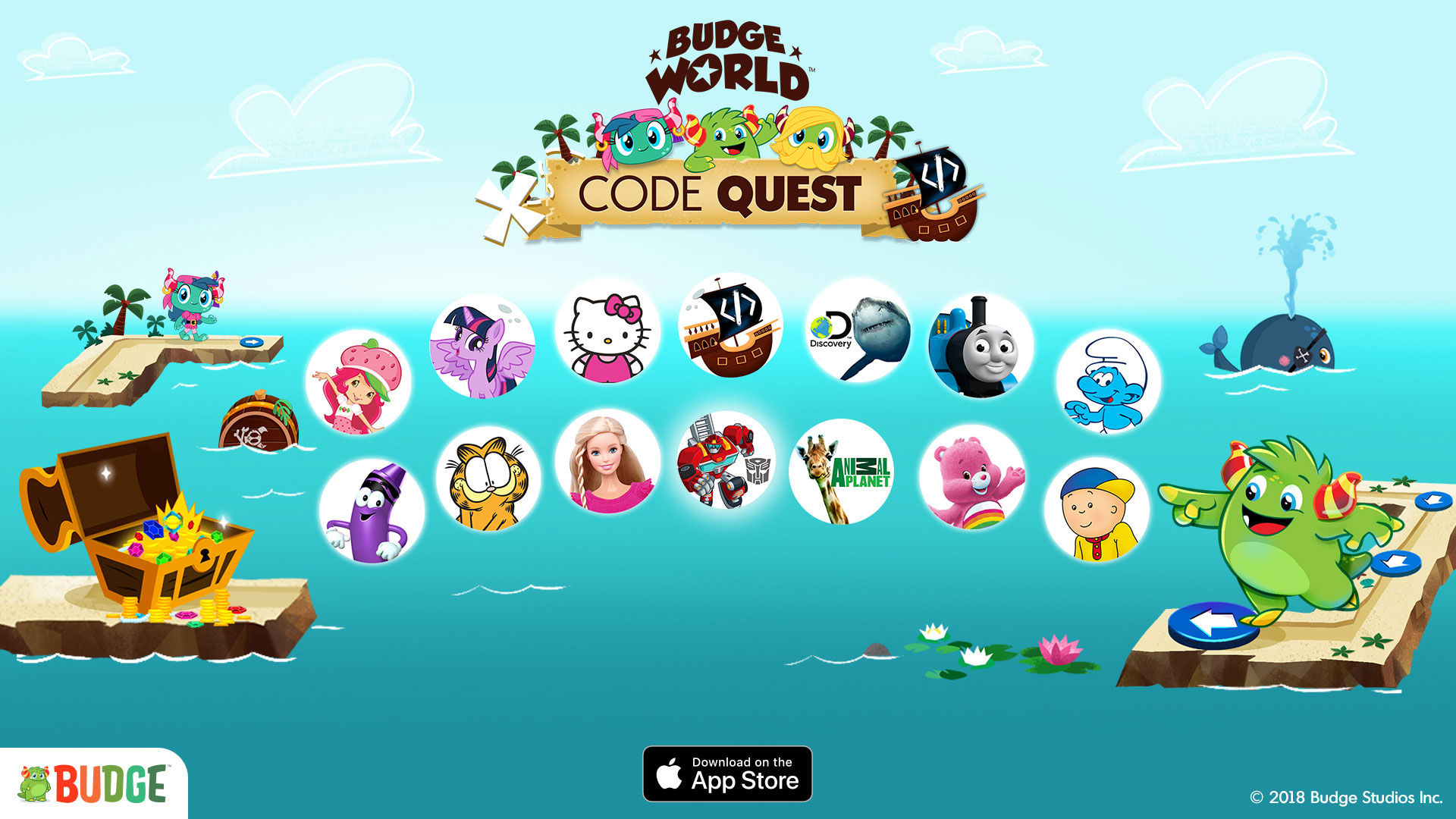
Ye: I’ve personally discovered apps and games through the Today section that I doubt I would have in the previous design because it received a big spotlight post. Whenever this happens, I’ve been pleasantly surprised. The challenge has been in the content I miss when I don’t actively check the App Store. There’s just a lot of new stuff coming out. It’s tough to keep up with it all.
Cash: I definitely think there’s much more of a chance to get noticed, and a lot more human conversation going on in the store. I think the one issue with discoverability that people could face is that if people don’t consider themselves a player of games, they may not ever check the Games tab (and vice-versa for apps). But I’m not super worried about that, as the Today tab is the default view, and covers both.
Q: 10 years ago, most apps had a one-time price tag. Over the last few years, many apps have changed to a free-to-play model supported by in-app purchases. Do you think this trend is going to continue?
Ye: Yes. The free-to-play model and in-app purchase model has been a prevalent model for many developers who have created a continuously evolving product that serves millions of iOS customers. I also think ad supported models will continue to evolve and become more prevalent.
Elman: For sure. The original premium model was based on traditional marketplaces that had hard production and inventory costs for a unit sold. In the digital content realm, we can and should be more creative about how we sell our content, so that both customers and developers benefit.
Cash: I definitely think free-to-play (F2P) is here to stay, both in the App Store, and in general business sense. It’s how almost all of the biggest companies operate. That being said, I think it’s still possible to make a premium app or game, it’s just getting harder each year, especially if you don’t really plan around this strategy. At the same time, F2P is bigger than ever, so there’s going to be stiff competition on that side as well.
Q: Would free, limited time trials be useful for your app?
Ye: This would certainly be useful for apps and games that have a primarily subscription-based business model, but in our case it currently wouldn’t be relevant.
Elman: No, we have been perfectly happy with various models already available, from free apps with entitlement upgrades, to subscription apps with free trials.

Cash: I think this could be useful for some of the things we’re working on, but I’m also fairly averse to the idea based on anecdotal data I’ve heard from the industry.
Apparently the conversion for a game demo (to a sale) is really really tough, and therefore I’d be skeptical of offering one of our upcoming games (say, Where Cards Fall), on a trial-first basis.
Q: For the app store to remain relevant, what does Apple need to do to push it forward into the next decade
Ye: I think surfacing apps your friends are actively using will be an important way for the App Store to evolve. I’d love to see the App Store incorporate this in the near future.
“I honestly think they just need to continue what they’re doing”
Elman: As long as Apple continues to provide a great development platform, with limited segmentation as it has done so well, developers will continue to flock to this distribution channel for mobile apps.
Cash: I honestly think they just need to continue what they’re doing. Nobody knows what kind of apps and games we’re going to see in five to ten years — not to mention the new hardware and software technology that’ll kickstart them — and I’m sure the App Store will have to adapt accordingly.
What do you think sets the App Store apart from the Google Play Store?
Elman: The iPad is the top device used by our audience, so the App Store is the place that audience looks for engaging content for their family.
Ye: They’ve both really taken completely different approaches to content curation which has made very distinct consumer experiences. I appreciate the simplicity of the App Store and how there’s a unified experience that everyone (within that region) sees. I also really like the design aesthetic of big fonts, live video previews, and focused content that Apple has taken.
Cash: I definitely think the App Store is where indie teams go first. It just makes more sense on a whole bunch of levels, and the store itself just feels like a more cohesive and high-end experience. The design of the story, as well as the storytelling and curation are really a step above the competition.
Note: Questions were sent to developers individually, though they’re presented in this story in a more round table format.
MobileSyrup may earn a commission from purchases made via our links, which helps fund the journalism we provide free on our website. These links do not influence our editorial content. Support us here.

